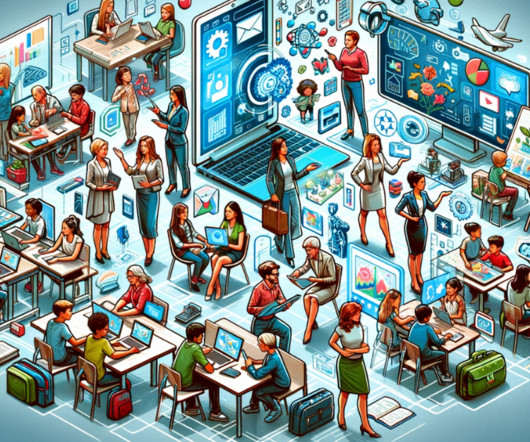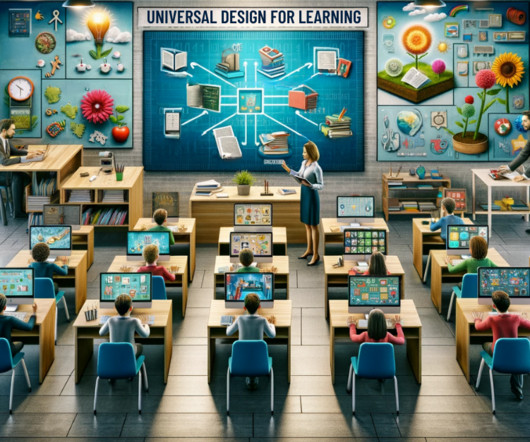Characteristics of The 21st Century Classroom
Educational Technology and Mobile Learning
JANUARY 4, 2024
Tablets, laptops, and Chromebooks have become as commonplace as notebooks, enabling students to access a vast reservoir of information and educational resources at their fingertips. These technologies not only make learning more engaging but also prepare students for a digitally driven world.


















Let's personalize your content